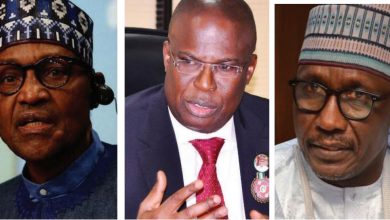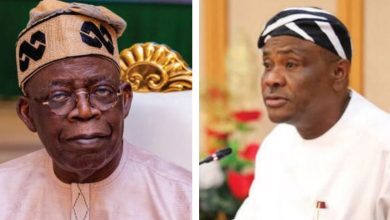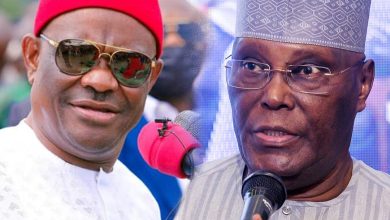Reflections on Media Transformation on the Continent

By Vivian Udeh
PRINT PUBLICATION
The Print Media in Anglophone West Africa’s countries was the foremost in Sub-Saharan Africa. The presence of largely western-educated indigenes and the absence of a colonial settler population aided the advancement of print publication in West Africa.
West Africa’s oldest print publications were the Sierra Leone Advertiser and the Royal Gazette. Then came the Royal Gold Coast Gazette in 1822. Nigeria’s foremost Newspaper Iwe Iroyin, was published in 1859 by Missionary Henry Townsend
The European Settlers introduced the press in English speaking Southern and Central Africa. Founded in 1857, Cape Argus was the most notable newspaper in that region. By 1881, Cape Argus grew northwards and became a prominent print publication around South Africa and Rhodesia (Present Day Zimbabwe and Zambia).
In East Africa, a member of the Asian community, A.M Jeevanjee established the East African Standard in Mombasa, Kenya in 1902. He was behind other publications like the Tanganyika Standard in Tanganyika (now Tanzania) and later the Uganda Argus in Kampala.
Francophone administered Africa discouraged the development of the press in their colonies. However, there were few African-owned papers like the Le Petit Senegalais, and L’Union Africane which served the interests of the colonialists and were not a match to their counterparts in Anglophone Africa.
THE RADIO
Was first introduced in the 1920s in South Africa. It received a boost with the kickoff of the BBC relay service from Nairobi, to Zimbabwe and Lagos. These broadcast services were in the native language of the host communities. Since the British were deliberate in the promotion of the use of local languages in the radio programming as they wanted to build an African audience base.
Read Also: 2023; Osinbajo declares for President, promises completion of Buhari’s policies
The French policy was quite different from their British counterparts. They initially wanted to delay a public service for their colonies. The Belgians left broadcasting to religious groups and private individuals. In all, the colonialists introduced the radio as an avenue to impress their colonial policies on the various colonies.
THE TELEVISION AGE
Television came to sub -Saharan Africa in the late 1950s towards the end of colonial rule. It was initially used for entertainment purposes and depended heavily on foreign programming. Before independence in 1960, two television stations were operational in Nigeria. The western Nigeria television in Ibadan and the Eastern Nigeria Television in Enugu. Other countries that got television stations before independence include Kenya, Zimbabwe and Zambia.
African countries that got television after their independence include Gabon, Cote d’Ivoire, Congo, Niger, Senegal, Madagascar, Ghana, Djibouti, Equatorial Guinea, and the Democratic Republic of Congo (Zaire). Noteworthy is two countries that were not colonized but had television. Ethiopia and Liberia.
Some African countries like Namibia, Mali, Seychelles Burundi and Cameroun did not have television till later years.
INDEPENDENCE AND DEMOCRATIZATION
Hitherto, the colonial media (radio, T.V and Print) were used to suppress and misinform the audience. Nevertheless, sub-Saharan African nationalists like Nigeria’s Nnamdi Azikiwe, Ghana’s Kwame Nkrumah, and Malawi’s Kamuzu Hastings Banda, used the media to articulate their ideas about national independence and used other clandestine means to propagate it. This also paved way for political independence too.
In the 1990s, the dynamic African media was central to the struggle for greater political and economic independence. Many African countries opened their media and telecommunication sector in response to demands from international and pressure groups.
INTERNET AND MOBILE COMMUNICATION
Statistics reveal that the number of mobile phone subscribers increased significantly; making Africa the first place where mobile subscribers outnumbered fixed-line subscribers.
Although spectacular growth has been recorded in the mobile phone and Internet sectors, the overall picture in Sub-Saharan African countries seemed to suggest that a very small group of privileged Africans have benefited.
THE TWENTY-FIRST-CENTURY AFRICAN MEDIA SYSTEM
Technological, regulatory issues and the need for diverse media frameworks dominated the twenty-first–century african media system. There was also the dramatic growth of the video film industry.
The burgeoning of the New Communication media saw the growth in digital platforms, blogging, Citizen journalism, online blogging, and microblogging amongst others.
TODAY’S MEDIA
Today the profound transformative effects of the print and electronic media in African culture are undeniable. Virtually all emerging cultural forms in Africa are being shaped by conceptions and techniques drawn from the Media.
There is a popular belief that the surest path to success in this capitalistic world is through information. This information is a valuable resource that serves as a common denominator for managing other resources. This has been boosted by the media and various emerging digital platforms.
Click on The Trumpet to follow us on our facebook page for more:




